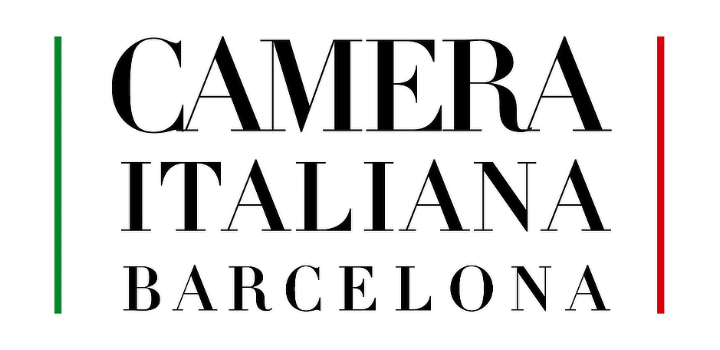BBLTranslation und die Kunst. Der Partner für Übersetzungen von Projekten wie z.B. des Romans Nach Konstantinopel und Ausstellungen der Renaissance in der Nationalgalerie.
Im Frühjahr letzten Jahres stellte die Nationalgalerie seine erste Ausstellung in Großbritannien vor, um die Rolle der Architektur in Gemälden zu erkunden, und konzentrierte sich auf die italienische Renaissance des 14., 15. und 16. Jahrhunderts.
Bauen im Gemälde: Die Architektur in Gemälden der italienischen Renaissance bezweckt, die Wertschätzung der Gemälde durch die Besucher zu erhöhen und zielt darauf ab, dass die Besucher einige der schönsten und architektonischsten Gemälden, erschaffen durch italienische Meister wie Duccio, Boticelli, Crivelli und andere zeitgenössische Künstler, besser verstehen. Die Besucher werden ermutigt, die in den Gemälden dargestellten Gebäude auf andere Weise zu betrachten und zu erforschen, wie die Künstler den Raum im Geiste erschufen und die Farbe so wählten, dass Ziegelsteine, Mörtel und Marmor am realistischen widerspiegelt wurden.
In Italien der Renaissance waren Kunst und Architektur eng miteinander verflochten und die Grenzen zwischen den Künsten waren fließend. Ein wichtiger Grund hierfür war, dass es keine speziellen Ausbildungs – oder Lehrprogramme für Architekten gab. Der aus Florenz stammende Architekt Brunelleschi ist ein gutes Beispiel: Er erlernte den Beruf des Goldschmieds, während Michelangelo Maler und Bildhauer war, bevor er Gebäude entwarf.
Caroline Campbell, Kuratorin italienischer Gemälde vor dem Jahr 1500, äußerte sich hierzu: “Diese Ausstellung in der Nationalgalerie ist eine wunderbare Gelegenheit, damit man sich Gedanken darüber macht, wie Bilder eine Art architektonische Schönheit erlangen können. Man kann über die Perspektive hinaus die vorgestellten und fantastischen Räume wertschätzen, die durch die Architektur geschaffen wurden. Und der Sinn von Masse, Größe und Räumlichkeit, der durch die Gebäude in das Gemälde eingebracht wird, verändert das Gleichgewicht sowie das Gefühl eines Bildes.”
Bauen im Gemälde erforscht welche Rolle die Architektur in Gemälden spielt und wie es den Prozess des Sehens beeinflusst. Die Architektur in Gemälden wurde oft im Hintergrund gehalten oder als zweitrangig zu den Figuren behandelt. Diese Ausstellung zeigt wie Architektur viele Gemälde untermauerte und von Anfang an genutzt wurde, um das gesamte Bild zu entwerfen.
Bauen im Gemälde: Die Architektur in Gemälden der italienischen Renaissance ist ein von der Nationalgalerie erstellter Onlinekatalog, um die Ausstellung zu begleiten. Es wurde von Dr. Amanda Lillie, Geschichtsdozentin der Universität von New York und Caroline Campbell, Kuratorin italienischer Gemälde vor dem Jahr 1500, zusammen mit Alasdair Flint, CDA PHD Student, Universität von York/Nationalgalerie.
Kommunikation findet nicht nur durch Worte, sondern auch durch Bilder statt. Bilder sprechen eine universale Sprache. Üblicherweise wird dabei die wichtigste Nachricht im Titel des Werks ausgedrückt. Nun stellt sich die Frage: Wie übersetzt man den Titel eines Kunstwerks? Zuerst muss man sich überlegen, wie man am besten und in wenigen Worten das Wesentliche des Gemäldes ausdrückt. Der Titel muss einprägsam, klar, einfach und geradeheraus sein. Ist ein künstlerischer Übersetzer notwendig, um die Übersetzung von künstlerischen Texten auszuüben? Nein, das ist nicht nötig. Ein talentierter Übersetzer mit einer gesunden Portion Kreativität ist absolut ausreichend.





